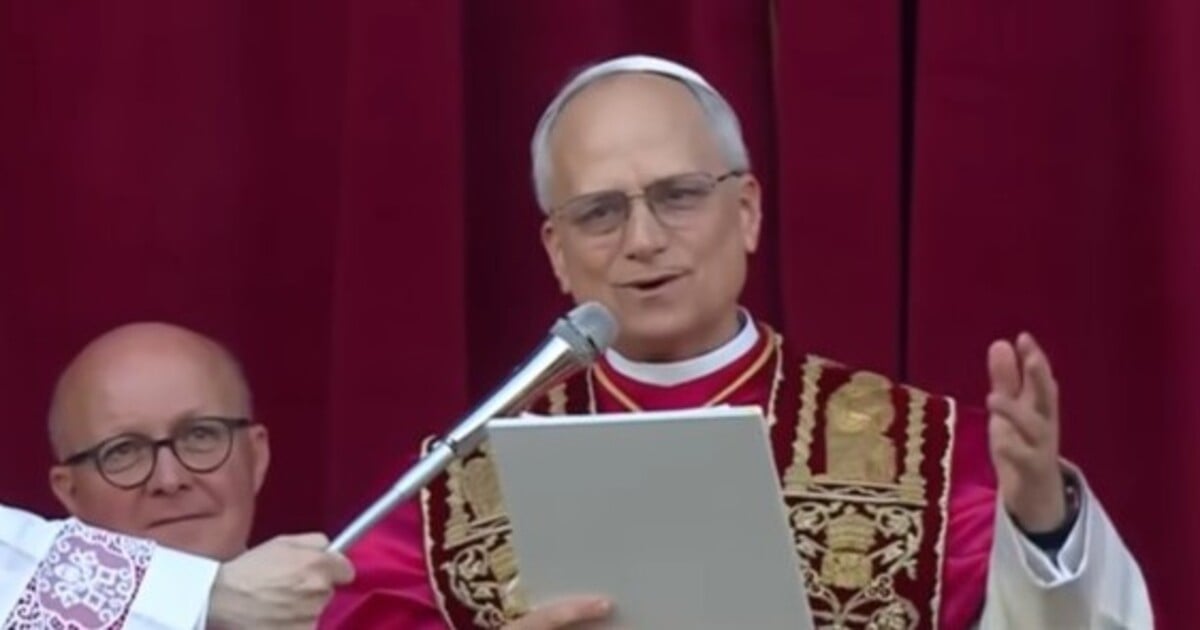A recent genealogical study has unveiled a surprising fact: Pope Leo XIV, originally from the United States, boasts Cuban heritage. The Spanish newspaper El Mundo disclosed that one of his direct ancestors was born in Havana during the 18th century, establishing an unexpected link between the Vatican's new leader and the history of the Island. Known at birth as Robert Francis Prevost, the Pontiff was born in Chicago and spent much of his religious life in Peru.
However, recent findings reveal that his maternal lineage traces back to an 18th-century young man from Havana, Manuel José Ramos. Born in 1760, Ramos emigrated as a minor to New Orleans, a Spanish colony at the time (1763 to 1803). His family was an integral part of Havana's social fabric when the city was a pivotal point in the Spanish Empire's trade routes. Ramos's parents, Vicente Ignacio Ramos and María Bastos, were also born in Havana around 1730.
Strengthening Pope Leo XIV's ties to the Caribbean island is another ancestor: his great-great-grandfather, Jacques Martínez (or Martino, in some accounts). Jacques was born in Cuba, where he lived and married Marguerite Cadeneth, also Cuban. Their son, James Jacques Martínez, the Pope's maternal great-grandfather, wed Marie Rosa Ramos. Following in the footsteps of his ancestors, James Jacques settled in New Orleans.
Contemporary Connection between the Pope and Cuba
The Pope's linkage to Cuba extends beyond his ancestry. Prior to his papal election, Prevost visited the Island multiple times, conducting masses, meeting with local believers, and engaging with Cuban bishops to discuss pastoral challenges.
His first recorded visit occurred in 2008 when he was the Prior General of the Augustinians. He visited Chambas in Ciego de Ávila, where he closely interacted with modest communities. The image of a future Pope dining in a humble home, enjoying "white rice and ground beef," left a lasting impression on those he met.
In that same year, he visited Holguín. According to the city's bishop, Emilio Aranguren, "undoubtedly, today's Leo XIV left a mark of simplicity, closeness, and joy in witnessing his brothers evangelize and serve God's love amid such a needy reality."
His relationship with Cuba also had institutional repercussions: thanks to his efforts, the Order of Saint Augustine friars, expelled by the communist regime in 1961, were allowed to return after more than 40 years of absence. This outcome was made possible by a prior meeting between Prevost and Monsignor Aranguren —with the late Cardinal of Havana, Jaime Ortega, also in attendance— in Rome in 2006, where "a relationship was established that facilitated the return of the OSA friars to Cuba after over four decades."
During his final visit, an uncommon photograph shows the Pope in Havana with young Christian activist Harold Cepero Escalante, who died in 2012 alongside renowned Cuban dissident Oswaldo Payá. This image, shared online, was described by a user as a moment of significant symbolism: "Two men, two Christians with a clear understanding of the importance of the Church's Social Doctrine: the new Pope and, at his side, Harold Cepero Escalante, who died in a 'strange' accident alongside Oswaldo Payá Sardiñas."
Leo XIV undoubtedly presents a unique papal figure. Born in America, with Cuban roots, European education, and a Latin American career, he embodies the cultural and spiritual intersections defining today's world. His unexpected connection to Cuba adds another dimension to his profile, raising new expectations of his perspective towards the region.
Frequently Asked Questions about Pope Leo XIV's Cuban Heritage
Who is Pope Leo XIV?
Pope Leo XIV, born Robert Francis Prevost, is the current leader of the Vatican. He was born in Chicago and has a diverse background, including a significant portion of his religious life spent in Peru.
What is the connection between Pope Leo XIV and Cuba?
Pope Leo XIV has Cuban heritage through his maternal lineage, tracing back to Manuel José Ramos, who was born in Havana in 1760. The Pope has also visited Cuba several times and played a role in allowing the return of Augustinian friars to the Island.
How did Pope Leo XIV influence the return of Augustinian friars to Cuba?
Through his efforts and a meeting in Rome with Cuban church leaders, Pope Leo XIV facilitated the return of Augustinian friars to Cuba after being expelled by the communist regime in 1961.
